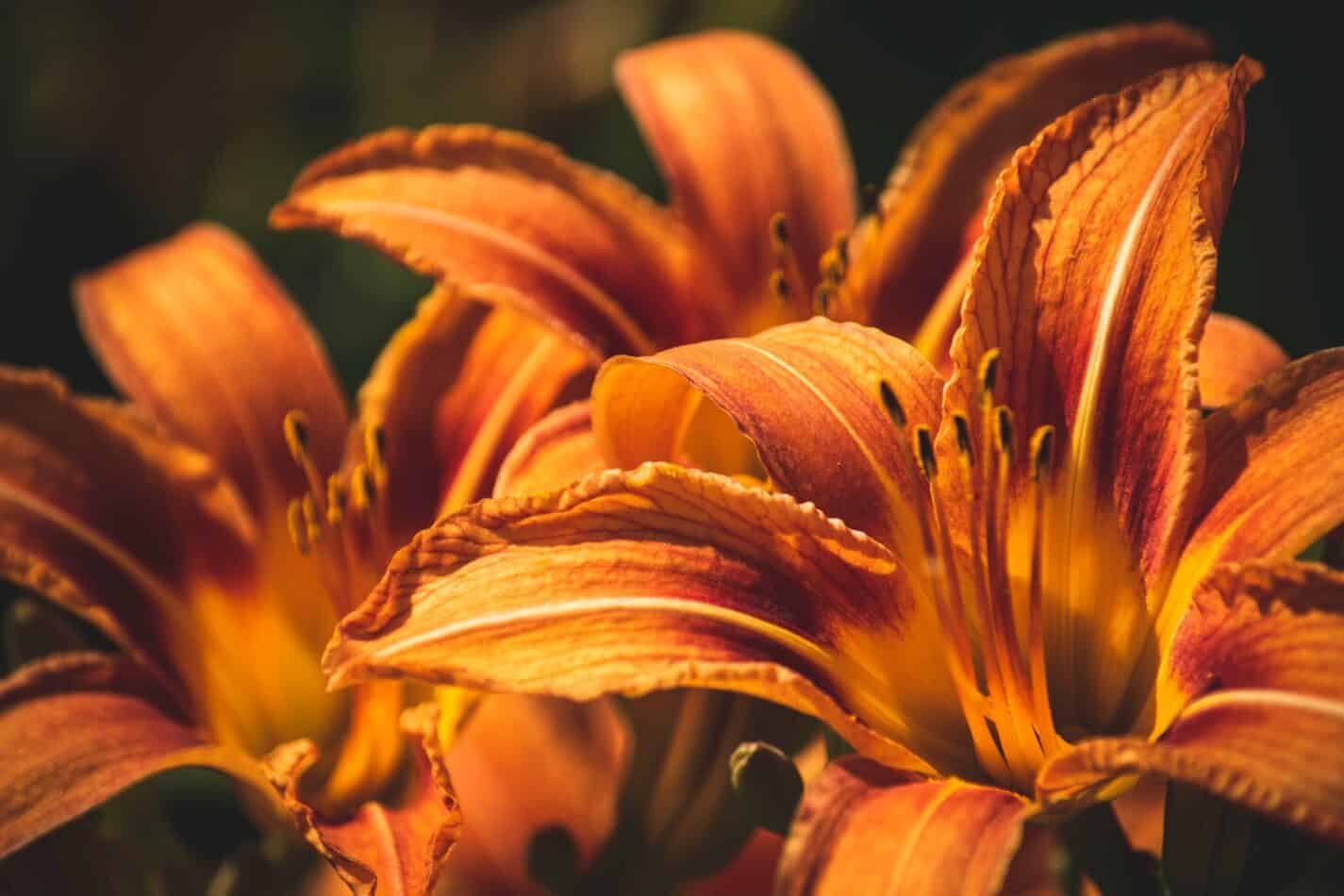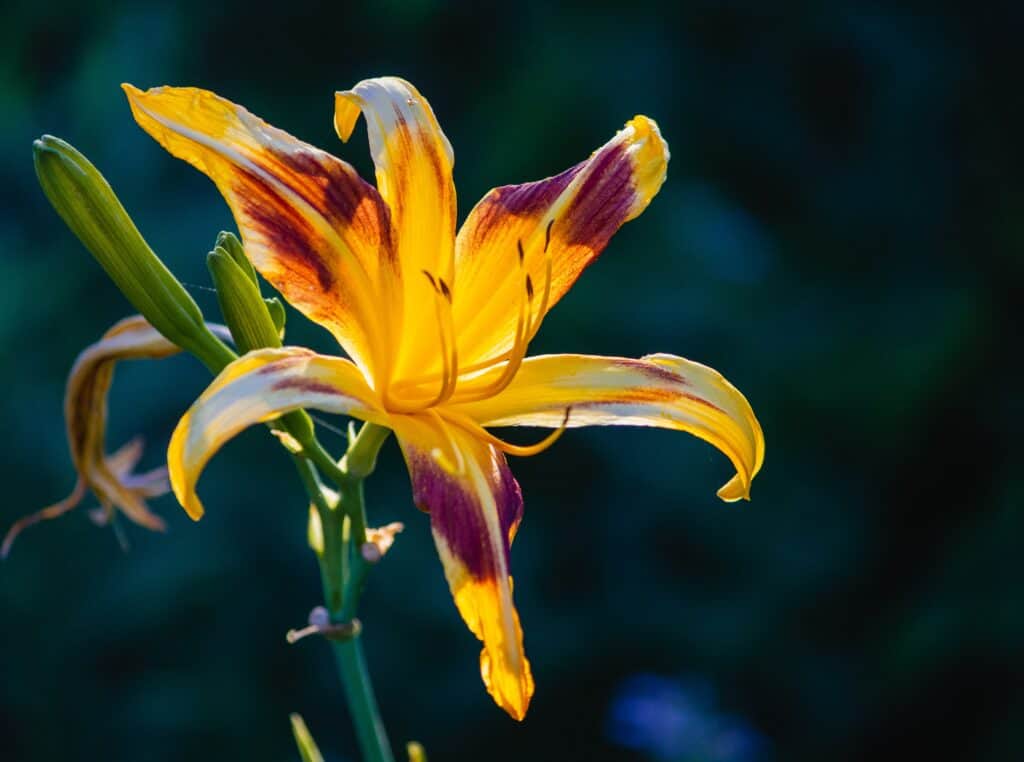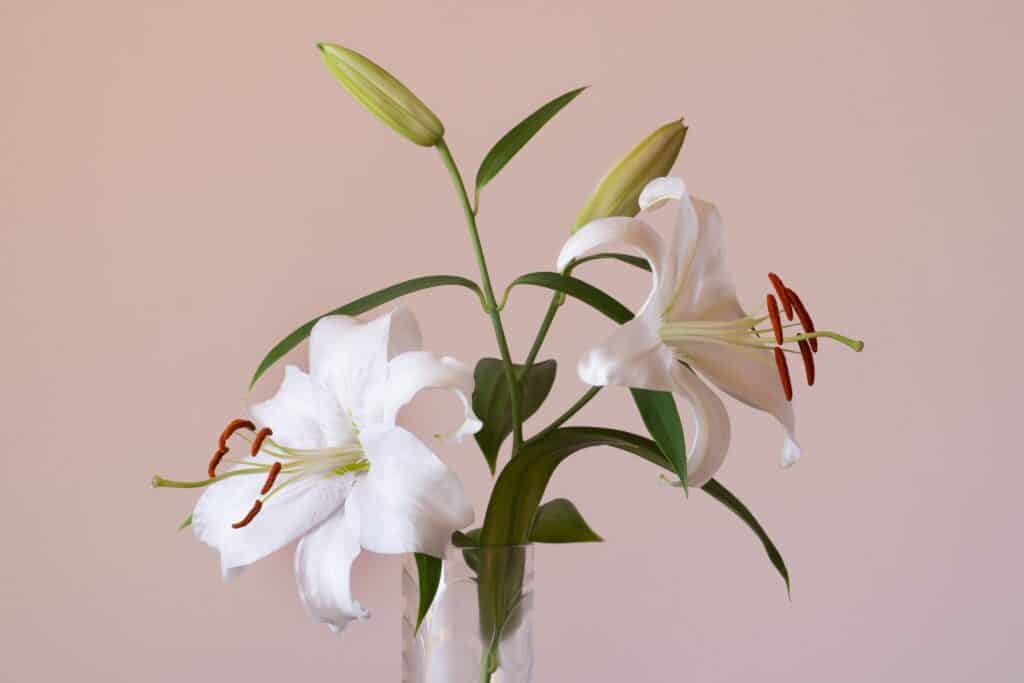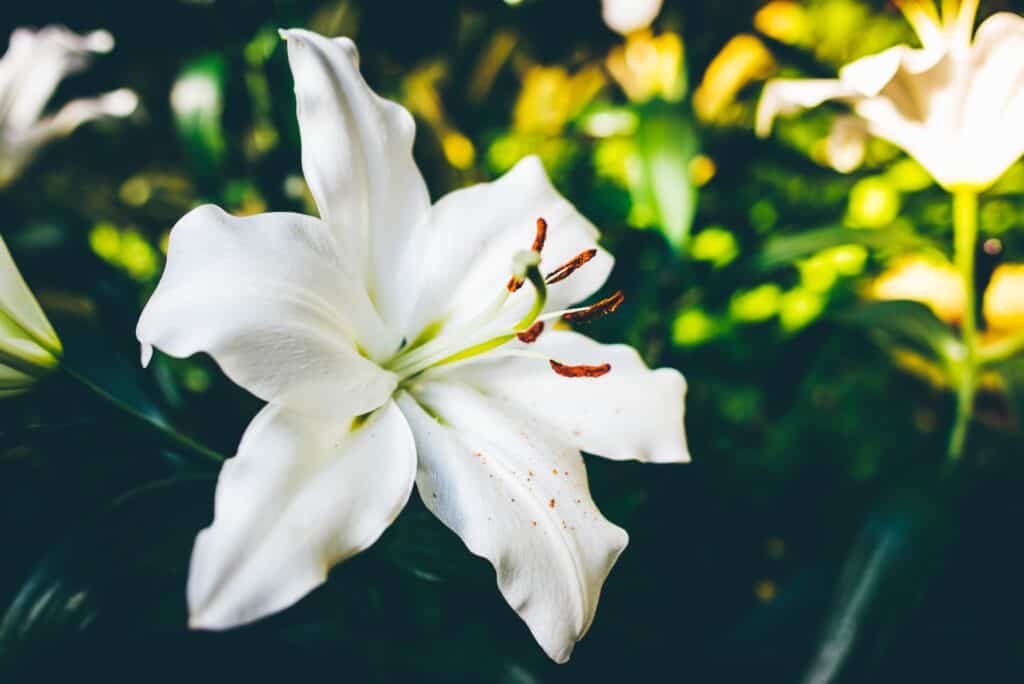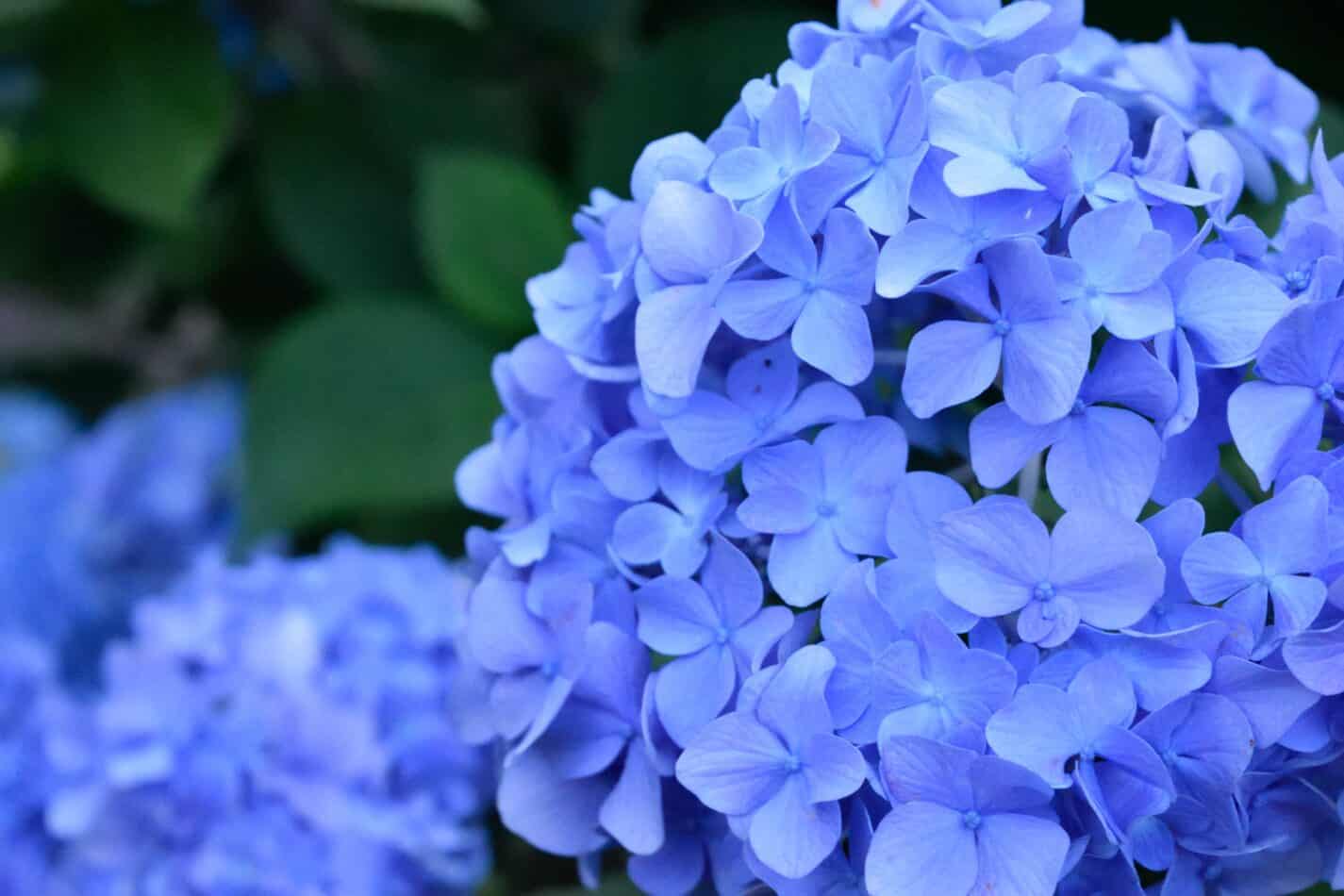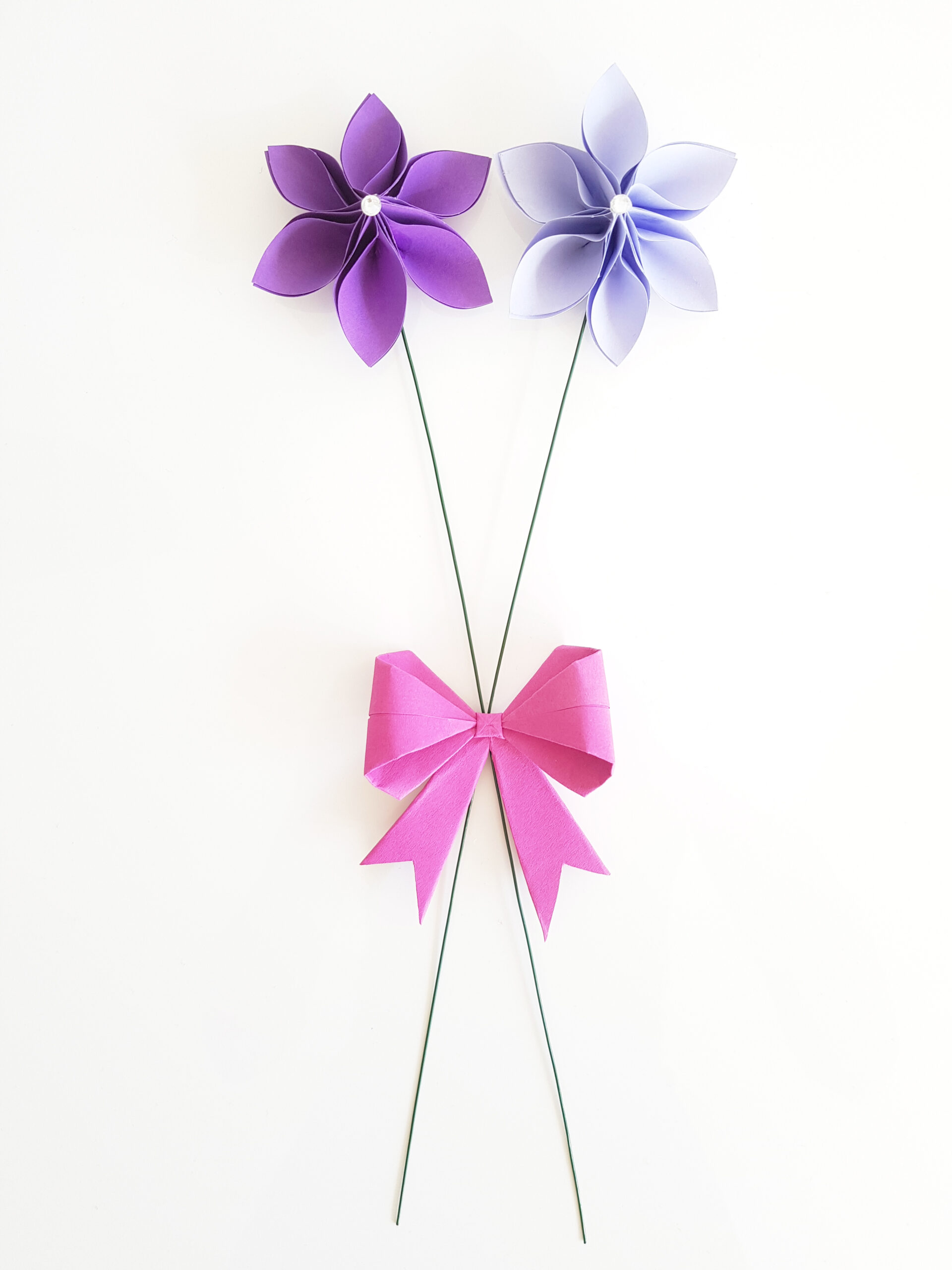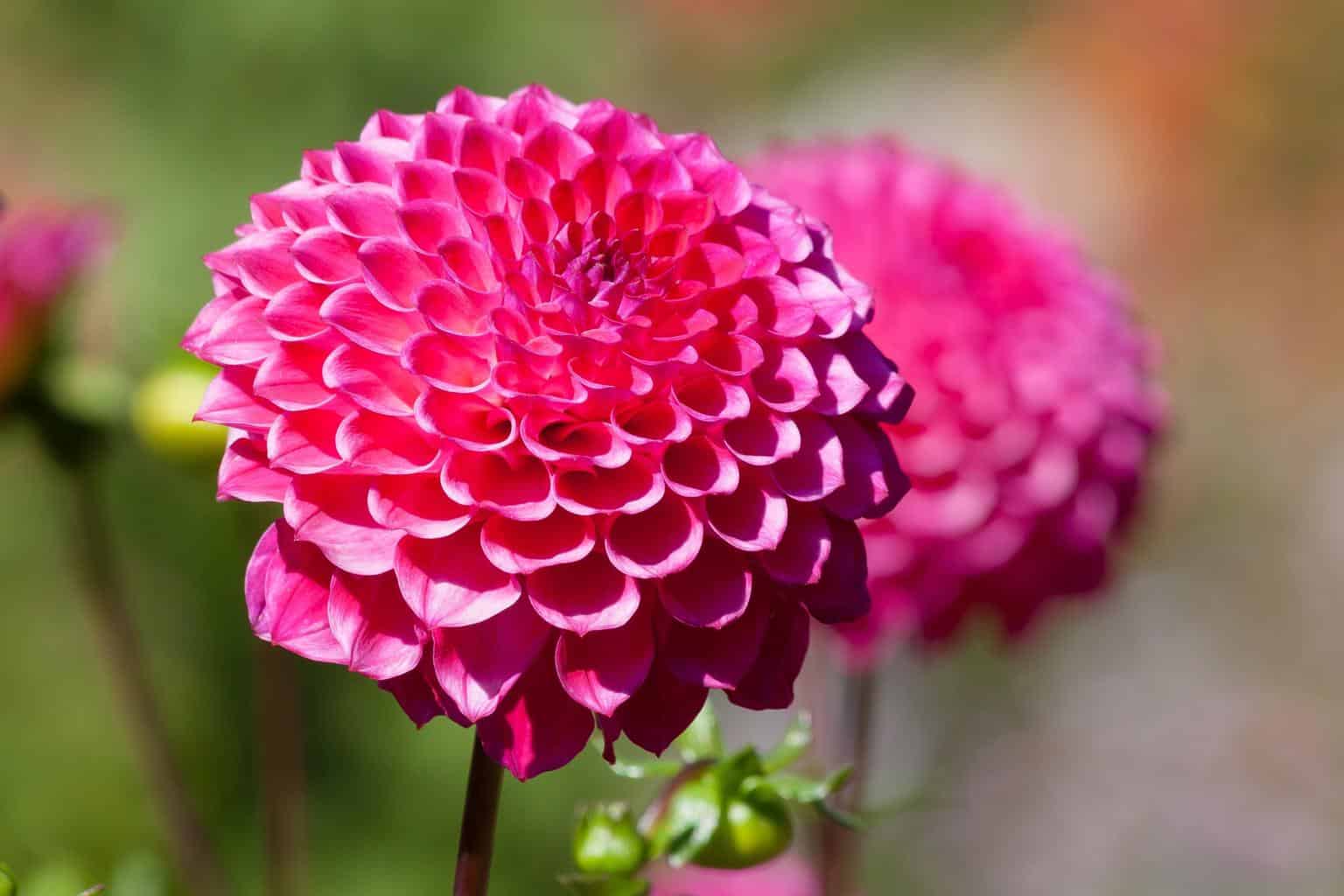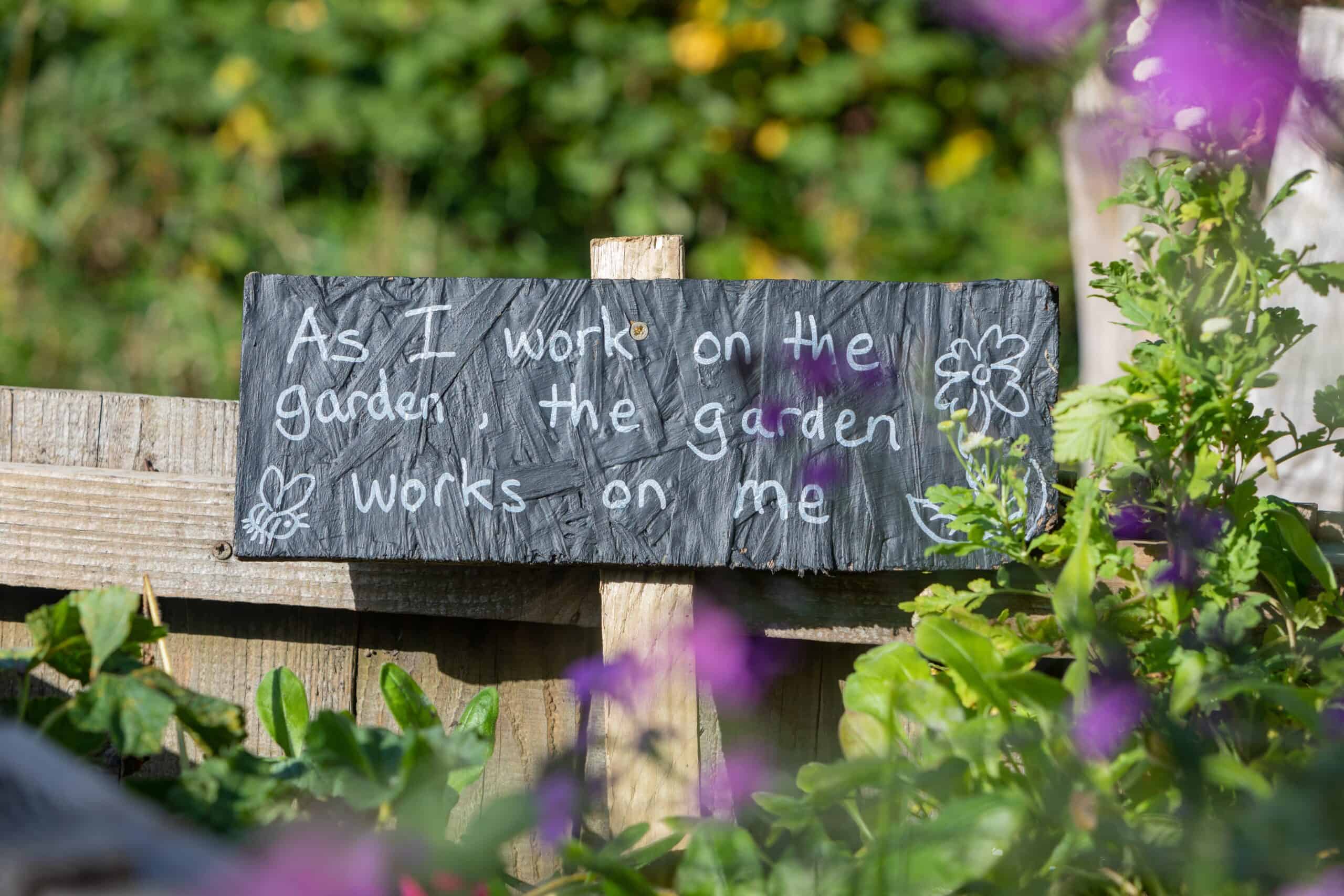Lilies are loved by everyone, and they’re straightforward to grow at home.
Lily refers to all kinds of lilies, including those in various colors, flower shapes, blooming periods, and maturity levels. Lilies are extremely easy to grow from seed and can be grown successfully indoors or outdoors. They require little maintenance once established. Lilies are famous for producing large quantities of beautiful blooms year after year.
How to Grow Lilies: an Overview
The following is an overview of how to grow lilies:
1) Selecting the Right Variety
There are wide different varieties of lilies available today. Some are more fragrant than others, while others have more prominent blooms. It’s essential to select a suitable variety for your growing conditions. If you live in a cold weather state, you may want to choose a hardy variety like ‘Snowflake.’ If you live in a warm climate, you might prefer a tropical-looking variety such as ‘Tropicana.’
2) Seed Starting
You can start seeds indoors about six weeks before the last frost date or directly outside when the weather warms up. When starting seeds indoors, ensure you use a good quality potting mix with adequate drainage holes. Seeds should germinate within two weeks. Once the seedlings emerge, it will take another three to four weeks until the first true leaves appear. You can then transplant them into individual pots or plant them in the ground.
3) Planting Outdoors
If you plan on planting out of doors, you’ll need to prepare the bed by adding organic matter (such as composted manure), fertilizer, and mulch. Depending on where you live, you can plant your lilies in spring or fall. In colder climates, you can grow in early spring, and in warmer areas, you can plant in late summer or early fall.
4) Watering
Water your lilies regularly during dry periods but don’t over water them. Keep the soil moist at all times so that roots won’t rot.
5) Fertilizing
Fertilize your lilies every month or so with a balanced fertilizer. Use a slow-release fertilizer that has been designed explicitly for bulbs.
6) Pest Control
Pests such as aphids, spider mites, and whiteflies can cause damage to your lilies. To prevent pests from attacking your lilies, you can spray your plants with insecticidal soap or neem oil.
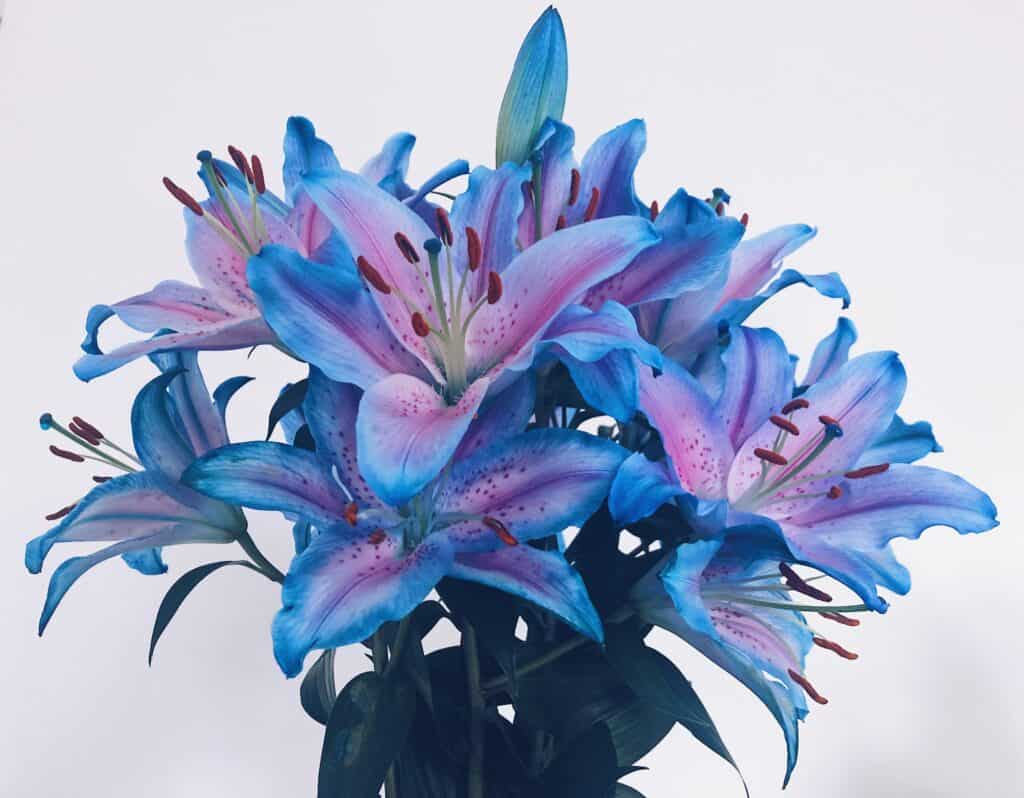 7) Harvesting
7) Harvesting
When harvesting your lilies, you’ll want to wait until the buds begin to open. This usually happens around mid-summer. Cut off the stems above the bulb’s base, leaving the foliage intact. Remove any dead foliage and store your cuttings in a cool place until winter.
8) Propagating
Propagate your lilies through division or layering. Division involves separating the bulbs into smaller clumps that can be planted individually. Layering means taking a stem from a healthy plant and replanting it elsewhere.
9) Enjoying Your Flowers
Once your lilies reach maturity, they will continue producing new blooms each season. These flowers are often referred to as scapes because they resemble the flower stalks of daffodils.
10) Storing Lilies
Lilies can be stored in the refrigerator for several months. Wrap them loosely in newspaper and keep them away from direct sunlight.
Let’s go more in-depth and discover how to grow lilies!
Which Type of Flower is a Lily?
A lily is a bulbous perennial plant with an underground stem called a rhizome. It has leaves on top and roots below. There are many kinds of lilies, but they all have similar characteristics, making them beautiful houseplants.
There are two main groups of lilies: Asiatic (also called Oriental) and European.
Asiatic Lilies include species such as Lilium candidum, Lilium longiflorum, Lilium regale, Lilium speciosum, and Lilium superbum. These lilies are native to Asia and some parts of Europe.
European lilies include Lilium martagon, Lilium lancifolium, Lilium auratum, Lilium pumilum, and Lilium speciosissimum. These lilies are found throughout Europe.
Most people think of lilies when they hear the word “lily.” However, other flowering bulbs look just like lilies. For example, tulips and daffodils are closely related to lilies.
Regardless of which type of Lily you’re growing, the needs of this flower will always be the same. These tips will help you grow beautiful lilies.
Types of Lilies
The following is a list of some of the best types of lily available today:
- Alba (White) – This variety produces white blooms with a strong fragrance. It has an upright growing habit and reaches a height of 12 inches.
- Amethyst (Purple) – This variety produces purple-blue blooms with a sweet scent. It has a semi-upright growth habit and reaches about 10 inches tall.
- Asiatic Hybrid (Yellow) – This variety produces yellow blooms with a strong perfume. It has a semi-upright growth habit and reaches about 8 inches tall.
- Double White (Double) – This variety produces double white blooms with a light fragrance. It has an upright growing habit and reaches about 6 inches tall.
- Early White(Early) – This variety produces early white blooms with a mild fragrance. It has an upward growing habit and reaches about 4 inches tall.
- Foliage (Green) – This variety produces green foliage with a sweet fragrance. It has a spreading growth habit and reaches about 2 feet tall.
- Giant White (Giant) – This variety produces giant white blooms with a sweet fragrance. Its growth habit is upright, reaching about 18 inches tall.
- Grandiflora (Grandiflora) – This variety produces Grandiflora blooms with a strong aroma. It has an upright growing habit and reaches about 3 feet tall.
- Imperialis (Imperial) – This variety produces imperialist blooms with a strong scent. It has an upright habit and reaches about 5 feet tall.
- Oriental Hybrid (Oriental) – This variety produces oriental hybrid blooms with a strong odor. It has an upright growth habit and reaches about 6.5 feet tall.
- Tiger Lilies(Tiger) – This variety produces tiger lilies with a strong fragrance. They have an upright growth habit and reach about 5 feet tall.
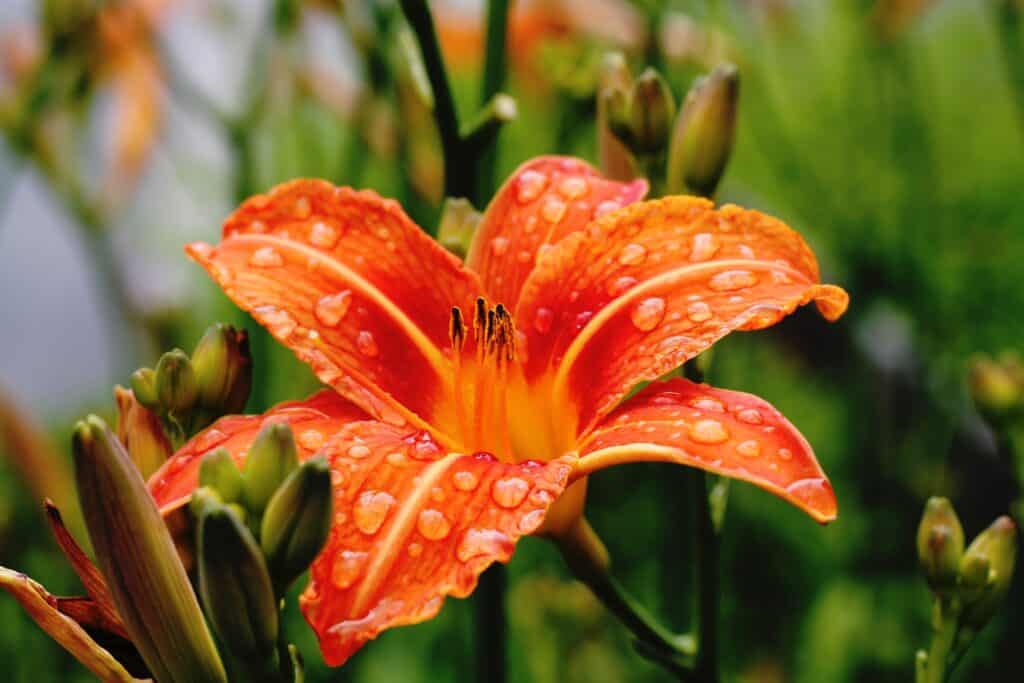
So what’s the secret of how to grow lilies? It all starts from where you plant them!
Planting Location
Choose a sunny spot where you want to plant lilies. Make sure the soil is well drained.
Place lilies where they will get direct sunlight for most of the day and indirect sunlight at night.
A sunny spot will put their head in the sun, and a 2-inch layer of mulch will keep their feet in the shade. Planting low-growing annuals or a ground cover at the base of lilies will also keep their feet in the shade.
When To Plant
Photo by Arie Wubben
Plant lily bulbs in the fall before the ground freezes. Bulbs planted in the fall will have time to establish a robust root system before the spring growing season. The lily bulbs will also benefit from a winter chill and produce more prominent blooms.
In climates with harsh winters, wait until spring to plant lily bulbs. Plant after all danger of frost has passed.
Lilies planted in a container should be planted during the early summer.
How To Plant Lilies
Add two inches of compost to the soil before planting to improve soil fertility and drainage.
Hole Depth: Dig planting holes three times deeper than the bulb’s height (1-inch bulb=3-inch deep hole) and space the planting holes 10-inches apart. Lilies multiply rapidly and will fill in the gaps quickly.
Cover bulbs with soil, gently firm the soil, and water bulbs thoroughly in late summer.
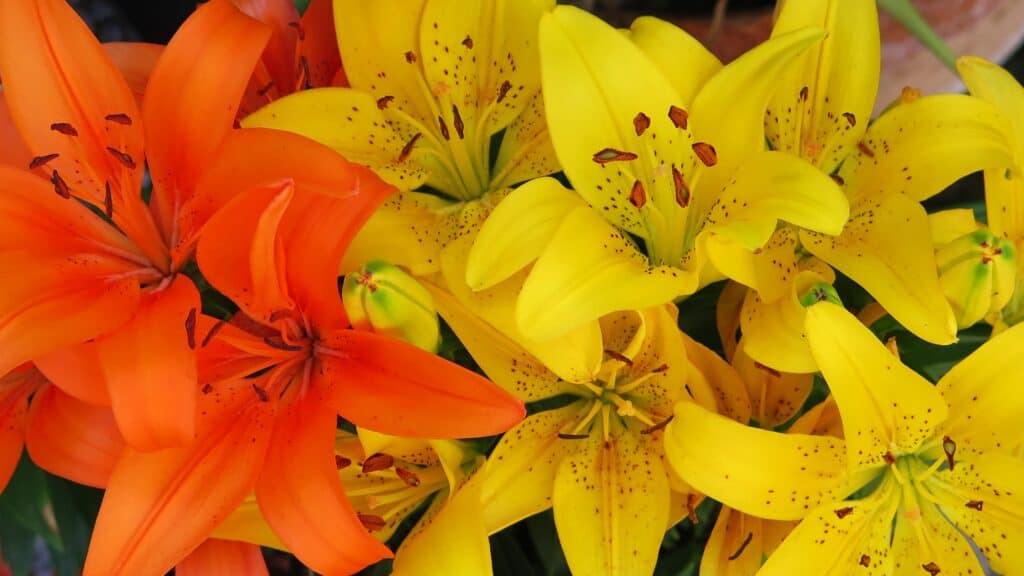
Size and Fragrance
The mature size of lilies depends on the variety planted, ranging from 6-inches to 10 feet tall. Make sure to have enough vertical growing space for the variety you grow.
The fragrance also varies greatly, and lilies can be fragrance-free or release a strong perfume scent when blooms open.
Growing Tips
Water regularly throughout the growing season. Water deeply once every week or two to ensure good growth.
Keep weeds under control to promote healthy growth in late summer.
Fertilize lilies regularly with a balanced fertilizer.
Pruning is unnecessary, but if you prune your lilies, remove dead foliage as soon as possible to encourage new growth.
Harvesting Tips
- Lilies are ready to harvest when they reach full maturity. Cut stems back to about 1/2 inch above the soil line. Cutting the stem close to the soil line allows air circulation around the roots and prevents rot.
- To prevent disease, avoid touching the leaves with dirty hands.
- Lilies can be harvested anytime after they reach full maturity. Remove the flowers and leave the stem intact

After Care
Lilies will only bloom once a year and the bloom time depends on the variety planted.
Remove the faded flower head so the plant won’t expend energy making seeds. Don’t remove foliage; it provides energy to the lily bulbs for next season’s growth and blooms.
Feed lilies with a high-potassium liquid fertilizer every 2-weeks during the growing season. Stop feeding after the blooms fade.
Apply a 1-inch layer of compost each spring, followed by a 2-inch layer of fresh mulch.
Water plants during drought or when the top inch of soil becomes dry.
Division
Lilies create an underground clump of roots that must be divided every few years to keep the plant healthy.
To divide the plant, dig up the entire root clump in the fall, separate the cluster by hand and replant the bulbs in different locations.
If lilies are not divided, they will become crowded and produce small plants and blooms. Crowding also impairs the airflow around the plants and can lead to disease and pest issues.
How to Grow Liliums Indoors
Indoor lilies require a lot of light and heat to thrive. They like bright indirect sunlight and temperatures between 60°F and 80°F.
Place the lilies in a sunny window or place them near a south-facing windowsill. If you live in a cold climate, consider putting them inside a greenhouse or other heated area.
You may want to set the alarm to turn on the lights at night to mimic natural daylight hours.
You may want to bring the temperature down to 50°F overnight in colder climates to help the lilies survive the winter.
When the lilies show signs of stress, such as yellowed leaves, remove them from direct sunlight and lower the room temperature.
Make sure to water the lilies daily until they begin to sprout. Once the lilies have grown, water weekly or biweekly, depending on how much rain there has been.
Once the lilies have reached their final size, repot them into larger containers.
Repotting helps to improve drainage and add nutrients to the soil.

Diseases and Pests
Keeping lilies divided with good airflow around plants is the best defense you can give them against common diseases like gray mold and viruses.
Aphids, slugs, snails, and lily beetles are common pest problems that can be blasted away with water from a water hose and kept away by adding crushed eggshells around the base of the plants. Rough, sharp mulch, like that created with crushed eggshells, will deter all crawling pests and keep them off plants.
Fun Facts about Lilies
- The Lily family includes more than 6,000 species worldwide.
- There are over 300 varieties of lilies grown commercially.
- Lilies are native to China and Japan but were introduced to Europe and North America in the early 1800s.
- Lilies means “light” in Greek.
- Lilies are often used as symbols of purity and innocence.
- Lilies are one of the most popular cut flowers in the world.
What we love from Amazon this week
Buy these wonderful flowers directly from Amazon:


